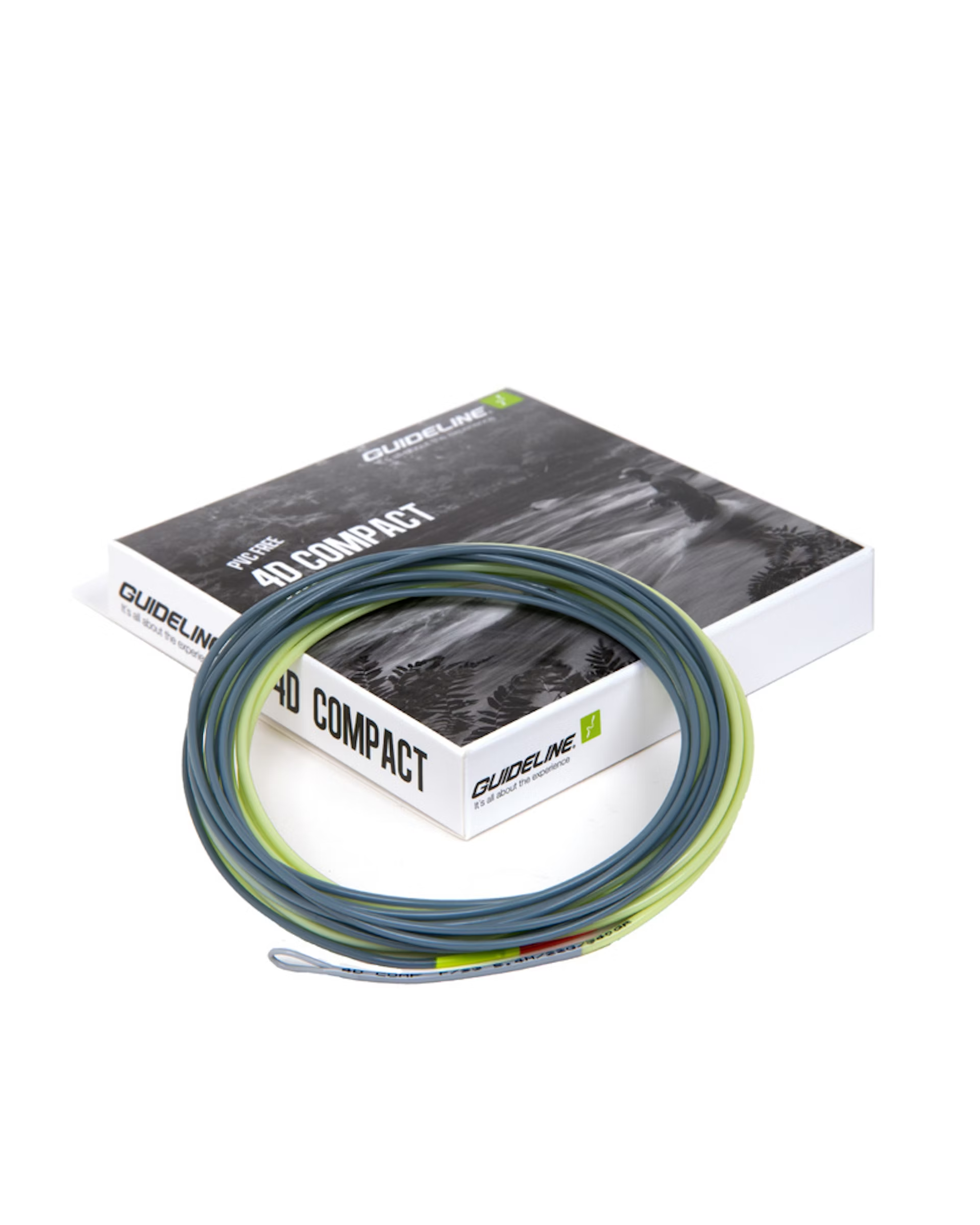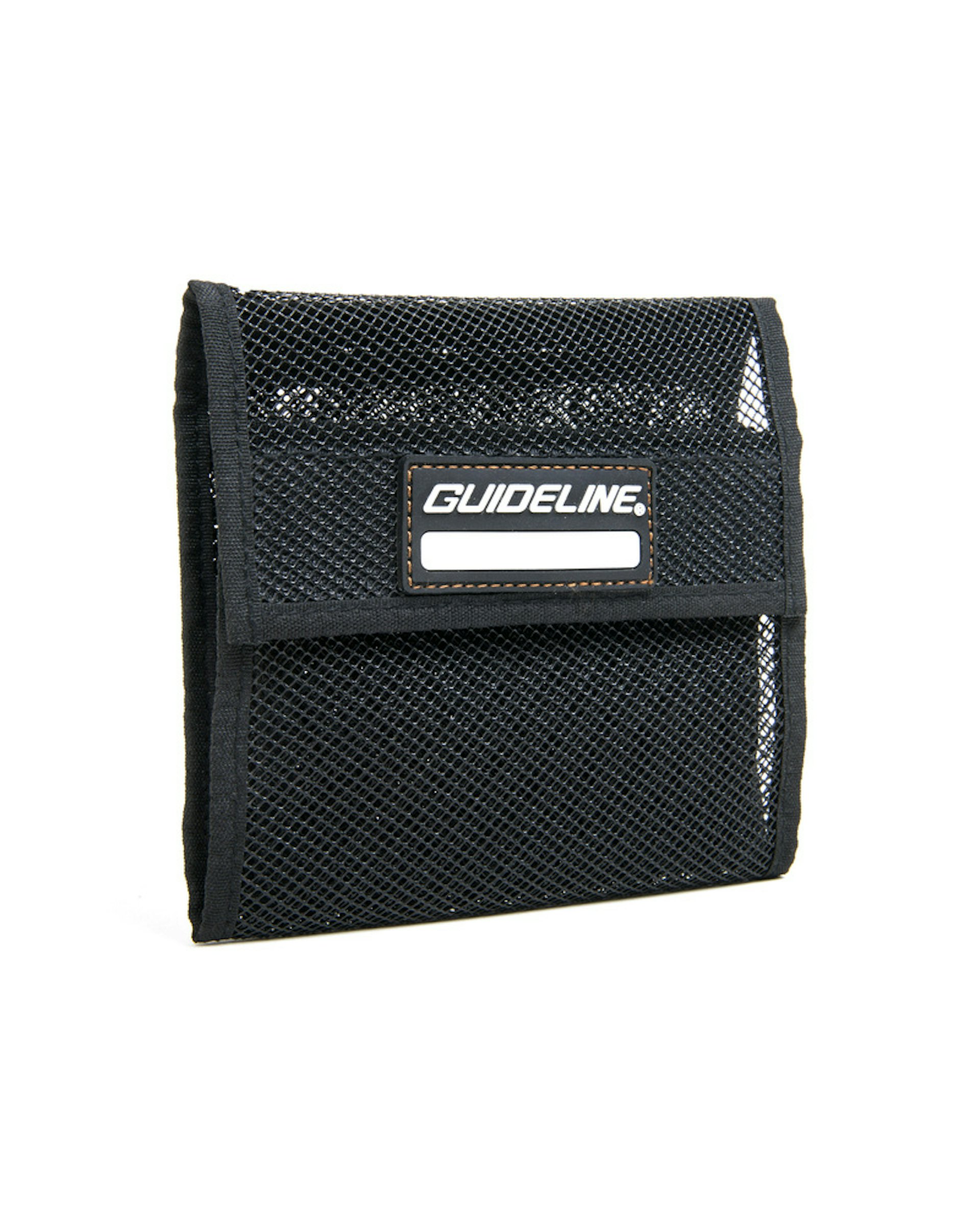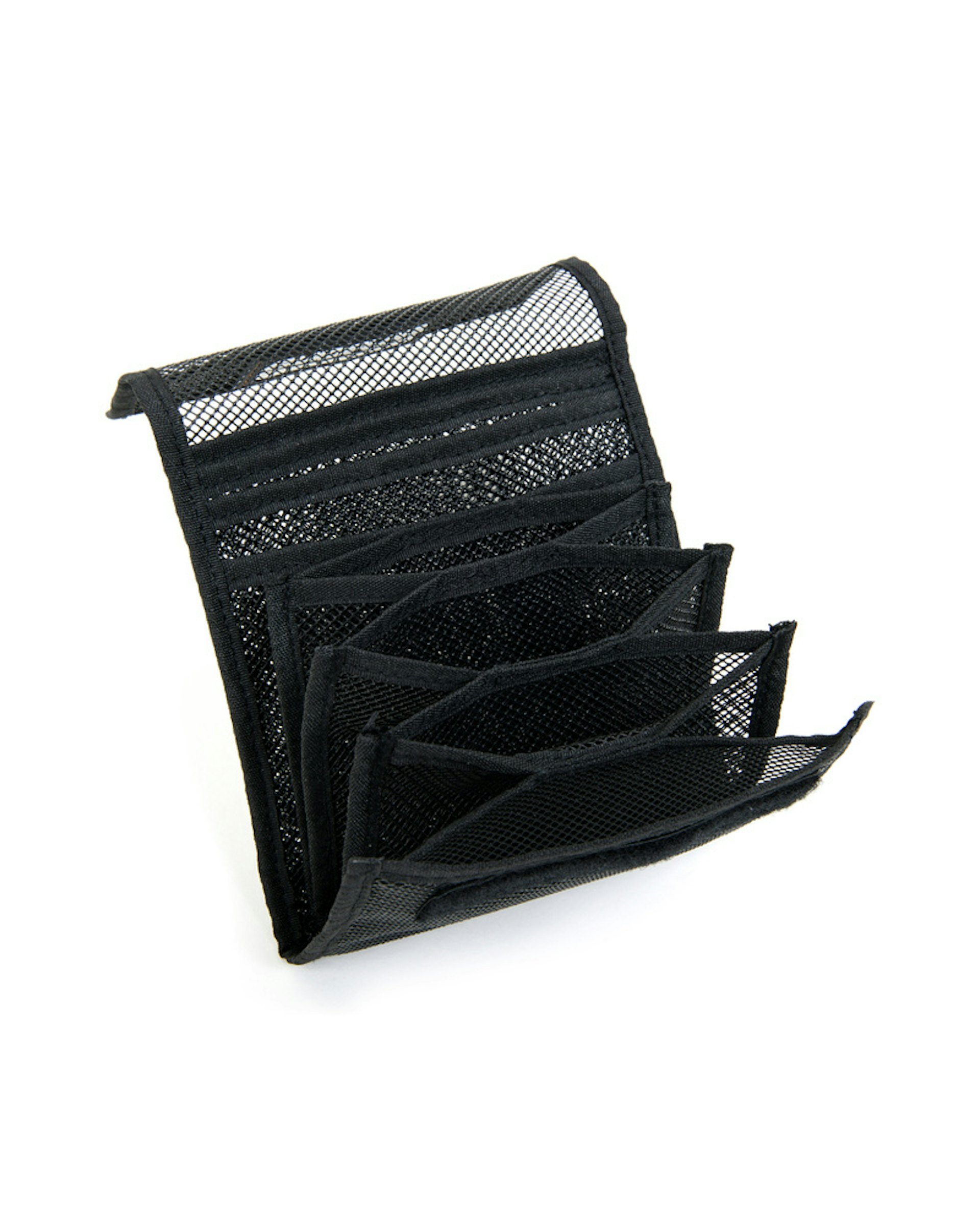
Guideline 3D+ Compact Shooting Heads is a modern range of compact heads for switch and double hand work that re-define the phrase “Easy-To-Cast”.
Read more3D+ Compact
94.99 USD

In practical fishing this means that the thinner tip of the line sinks more slowly than the thicker part, and the line gets a slope or bay in the water that affects the fly’s draft and also your contact with the fly. It will also take longer time for the fly to reach the desired fishing depth, and you have to start retrieving your fly to make it go down to the depth where the lowest point of the line is.
New types of sinking lines therefore have what is called a density compensation, ie that thinner parts of the line have a higher density coating. With this kind of technology the same sinking speed is achieved over the entire length of the line, and it sinks straighter into the water without the curve. Your fly will therefore sink down to the right level immediately, with a straighter profile in the water. The contact with the fly during fishing is also significantly better. It’s preferable to use as short leader as possible when fishing heavy sinking lines to get the fly deep down fast.
As the tip of the line has a higher density than the rest of the line, you also get some advantages when casting. The thin tip will easily cut through the air and it is possible to make narrow line curves that provides a higher line speed and gives you more distance.
Float
0 ips
0 cm per second
Hover
0,25 ips
0,63 cm per second
Slow Intermediate
0,5 ips
1,25 cm per second
SINK 1/Mid Intermediate
1,0 ips
2,54 cm per second
Fast Intermediate
1,5 ips
3,8 cm per second
SINK 2
2 ips
5,1 cm per second
SINK 3
2 ips
7,6 cm per second
SINK 4
4 ips
10,2 cm per second
SINK 5
5 ips
12,5 cm per second
SINK 6
6 ips
15,2 cm per second
SINK 7
7 ips
17,8 cm per second
The sink rate is determined in IPS – inch per second. It can also be converted to cm/sek. This means that the higher the number, the faster the line will sink. But in reality, and especially when fishing in running water, there are many factors that you as an angler can do to fine tune and adjust the depth of your line.
The term S3/S5/S7 means that it is a triple density fly line with the Sink 3 density in the back end, a Sink 5 density on the mid section and a Sink 7 density in the front. The triple density configuration ensures that the line has a nice and straight sinking profile in the water, to give good sensibility, bring your fly down deep and increase the hookrate.
Release line vs. retrieve line – With the help of line release you can quickly make your line sink an extra half meter or meter if needed. Make the cast and let your line drift with the current without having contact with it. When the line free-runs, it sinks unaffected, and as fast as it should according to the instructions. This is well needed when going really deep or fishing in strong current. An easy trick I use often myself is to make your cast and then move your three or four steps down stream. Normally you move first and then make your cast. Do the reverse and you will fish much deeper.
Angle on the cast – With the help of different angles on the cast you can make your line sink at different speeds. A well mended line with a great “hang” will chew it’s way deep into heavy current. If you make your cast more across the stream the water will push your line up much more and prevent it from sinking.
Weight & dressing of the fly – Large flies with a lot of volume are difficult to get down to depth. Sometimes they are more like dry flies, floating on the surface! Here it is important to use bottle tubes, tungsten cones and different kind of weights on your flies. You can also tie the flies with thinner wings and smaller bodies to make them sink faster. Bucktail is a great and almost forgotten material in flies for deep fishing.
Type of leader, densities and length – If you want the fly to get deep down as quickly as possible, you should use a very short leader. A short leader in fluorocarbon will help you get the fly down quickly. In some cases it can be a fast/hard current at the surface but much calmer a bit down in the water. Then it may be a good option to use a longer leader instead and fish it with a light and unweighted fly that gets a nice floating hang below the fast current. Sometimes you can also use this trick when fishing deep necks with slow current.
Sinking back end vs floating back end of the shooting head – At a first glance two different lines can look pretty similar, for example F/S3/S5 and I/S4/S6; the front end density only differs by 1 inch per second. But in reality there is a bigger difference as the floatability of the back end also affects how deep the front of the line will sink, especially in fast running water. The fast current will push your line against the surface and will prevent it from getting down.

Guideline 3D+ Compact Shooting Heads is a modern range of compact heads for switch and double hand work that re-define the phrase “Easy-To-Cast”.
Read more3D+ Compact
94.99 USD

Guideline 4D Compact Multi Tip is a ready-to-fish setup with a floating 4D Compact body and a mesh wallet with three interchangeable tips in various densities.
Read more4D Compact Multi Tip
179.99 USD

Guideline 4D Compact are short, powerful and well-balanced bodies developed to work perfectly together with 4D Compact Tips.
Read more4D Compact Body
94.99 USD


Keep your shooting heads and tips dry and organized in an all-mesh wallet that promotes air circulation. Several slots offer easy organization. Saltwater-safe construction with velcro closure.
Read moreMesh Wallet 4D Body & Tips
23.49 USD

The ULS 3D+ Shooting Heads are nothing short of revolutionary. They offer a solution to target large predatory fish with light gear, much in the same way we fish for salmon and sea trout with heavier gear.
Read moreULS 3D+
74.99 USD